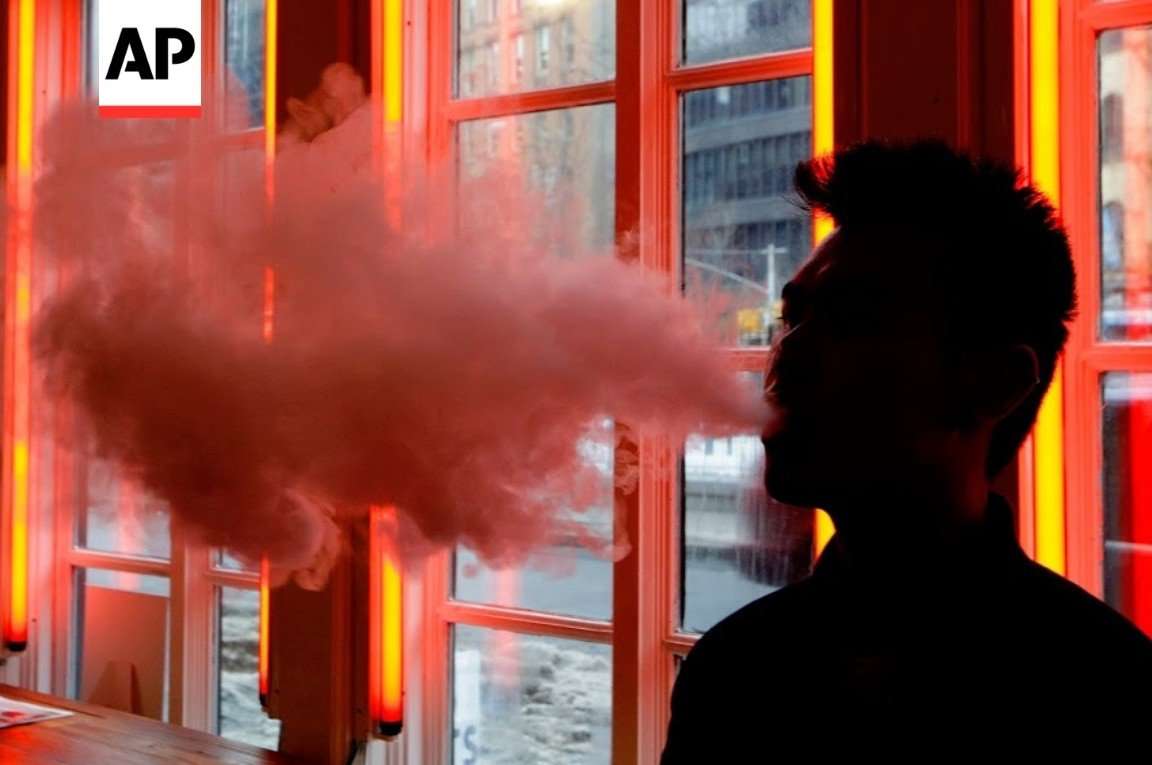When it comes to marketing electronic cigarettes to young people, fake news appears to stick.
The U.S. Food and Drug Administration currently requires a prominent warning about the dangers of nicotine for e-cigarettes. But just before that mandate, a 2017 campaign by e-cigarette maker blu included fake warnings in precisely the place the real warnings would eventually appear.
Messages such as “IMPORTANT: Contains flavor” and “IMPORTANT: Less harmful to your wallet” appeared atop the ads in large print inside a box, mimicking the format of the then-upcoming federally mandated message – “WARNING: This product contains nicotine. Nicotine is an addictive chemical.”
Legitimate warnings appeared in smaller print at the bottom of the 2017 ads.
When adolescent boys viewed fake-warning ads, those marketing messages stuck with them, according to the new study, which appears in the journal Tobacco Control and was led by Brittney Keller-Hamilton of The Ohio State University.
“On top of leaving an impression on these boys, these fake warnings seem to desensitize the boys to the actual health warnings that appeared less prominently at the bottom of these ads,” said Keller-Hamilton, epidemiology doctoral student and program manager for Ohio State’s Center of Excellence in Regulatory Tobacco Science.
The research included 775 boys between 12 and 19 years old who were randomly assigned to view real e-cigarette ads with or without a fake warning. Researchers asked the boys what they remembered most about the advertisements – which appeared in magazines likely to appeal to them, such as Sports Illustrated. Boys in the study were part of the Ohio-based Buckeye Teen Health Study.

Humpa on March 7th, 2019 at 18:47 UTC »
Seriously, no images of the messages?
MikeSofaer on March 7th, 2019 at 18:38 UTC »
What editor decided we needed those stock photos instead of a photo of the ads in question?
PhotoProxima on March 7th, 2019 at 18:11 UTC »
Fake medicines at your local food co-op use this same tactic. They use the same graphical elements as drug notifications but put them on supplements so they look like medicine.